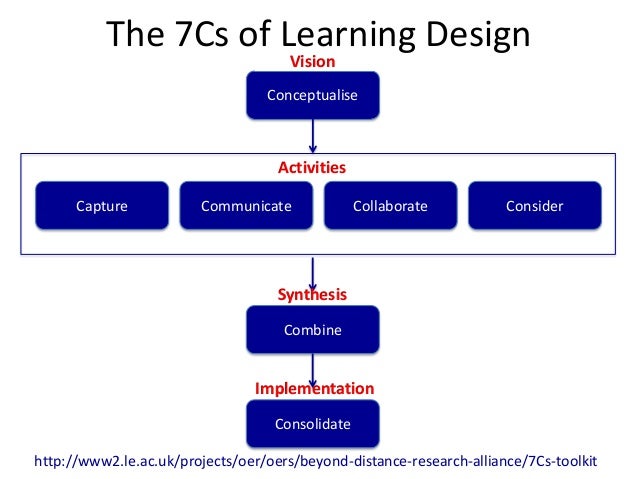From my TELE teaching experience thus far, though it was in second language acquisition, I found that my students really learned a lot from interactive lessons that corresponded with their textbooks. The interactive lessons had digital response cues and textbook work that allowed them to follow along, regardless of whether they were learning individually or as a group/class. Second Language Learning is already really hard, but the most successful lesson pedagogies I found and used were usually related to the practicality of the topics and their presentation. Students learned and retained more from practical useful topics, and topics they could relate to in their own lives. I would define technologies in TELE’s to be the means to make the connection that isn’t easily achievable in a learning environment. For example, showing a video of a scenario instead of explaining it then asking students to imagine, or getting people to come re-enact the scenario each time.
I think designers of learning experiences often aims to create experiences with technologies that are most popular because then the users would need less “learning time” for the technology and would be able to “dive” into the content quicker. That’s probably why many learning experiences uses social media applications as a tool for interaction. So if I was to apply what I’ve learned to my own TELE math or science classroom, I would probably choose to use technology(like a computer) to run simulations for science experiments, if materials aren’t readily available. Or use the technology as an access point to math manipulatives that the classroom lacks.
 Minority Report
Minority Report